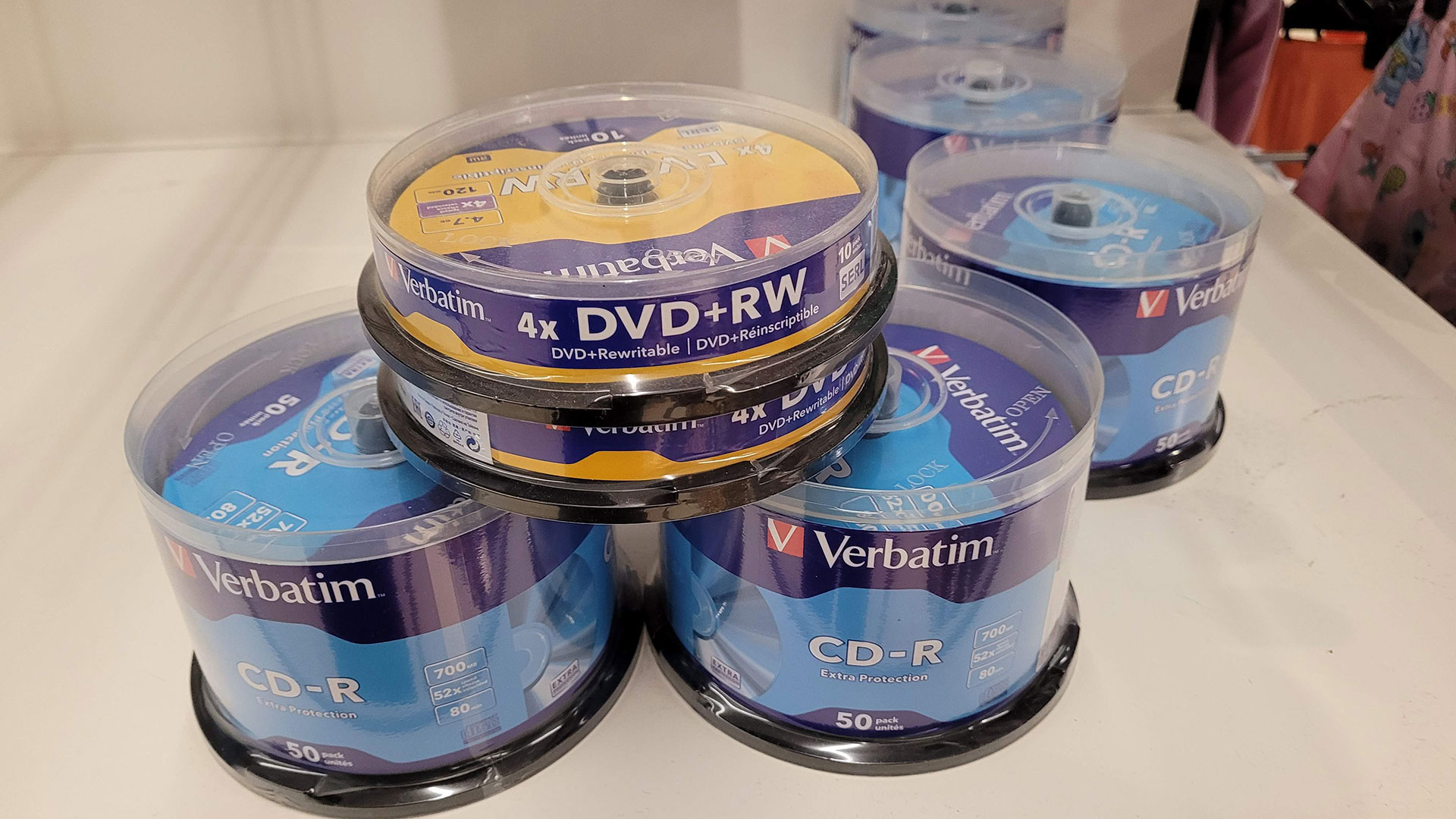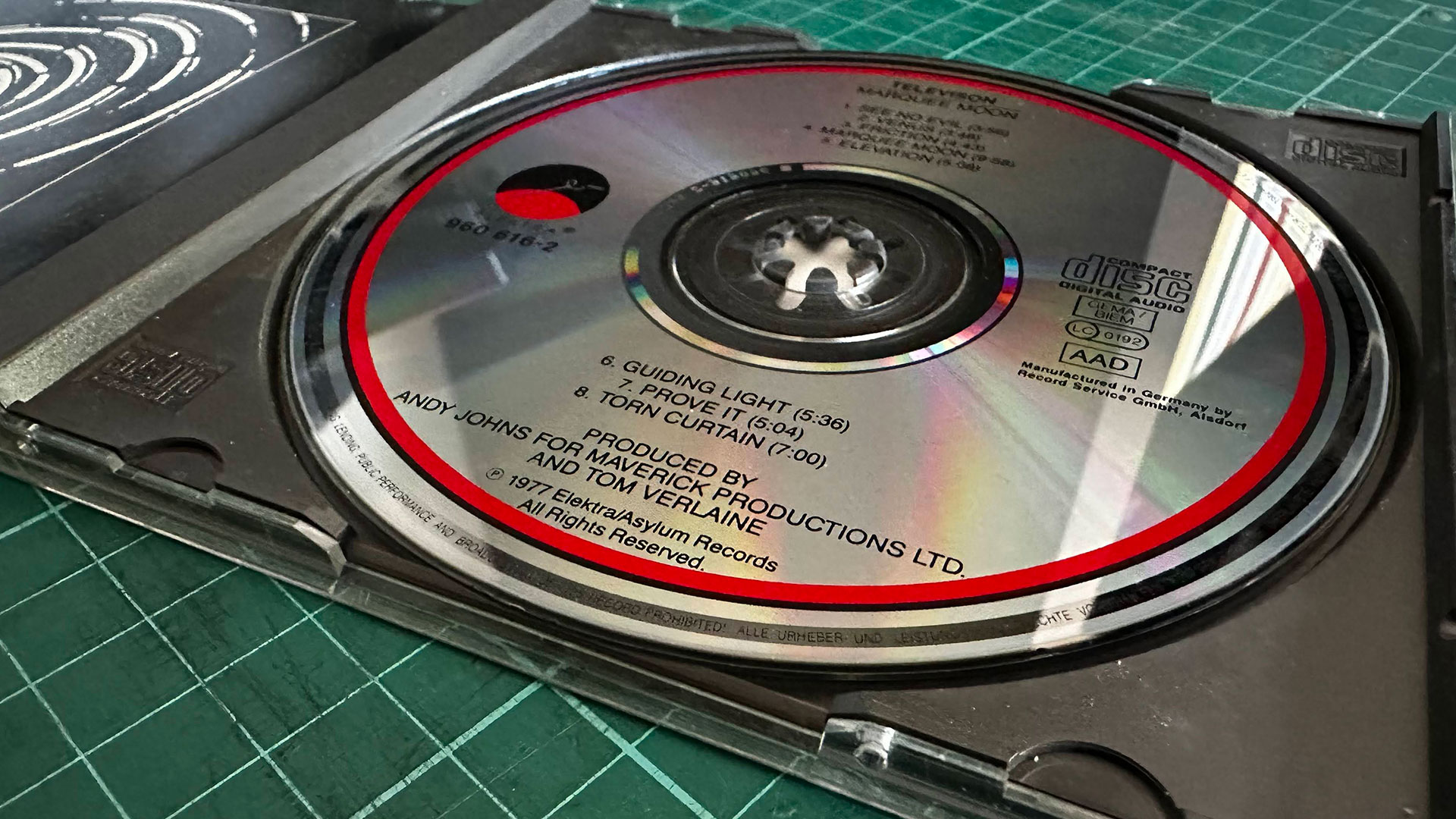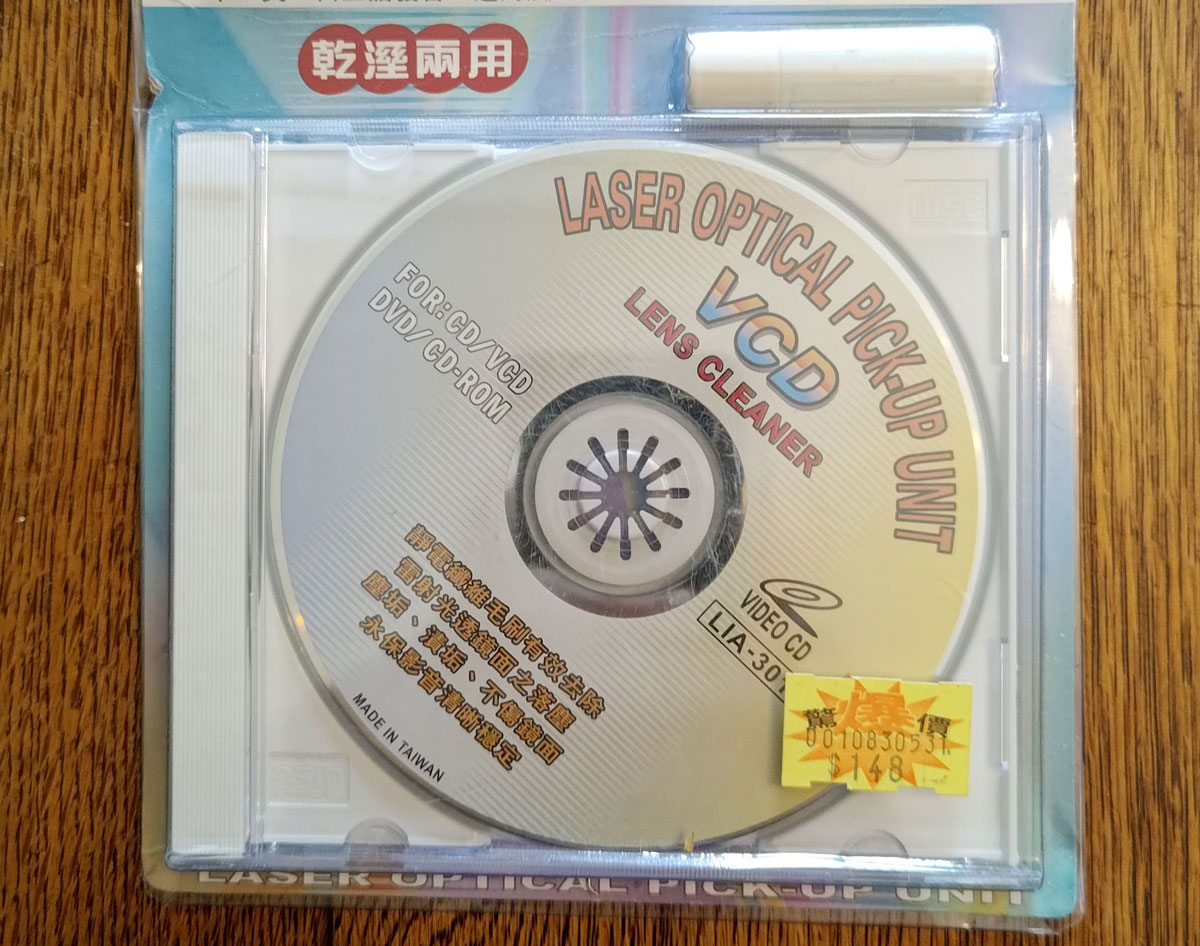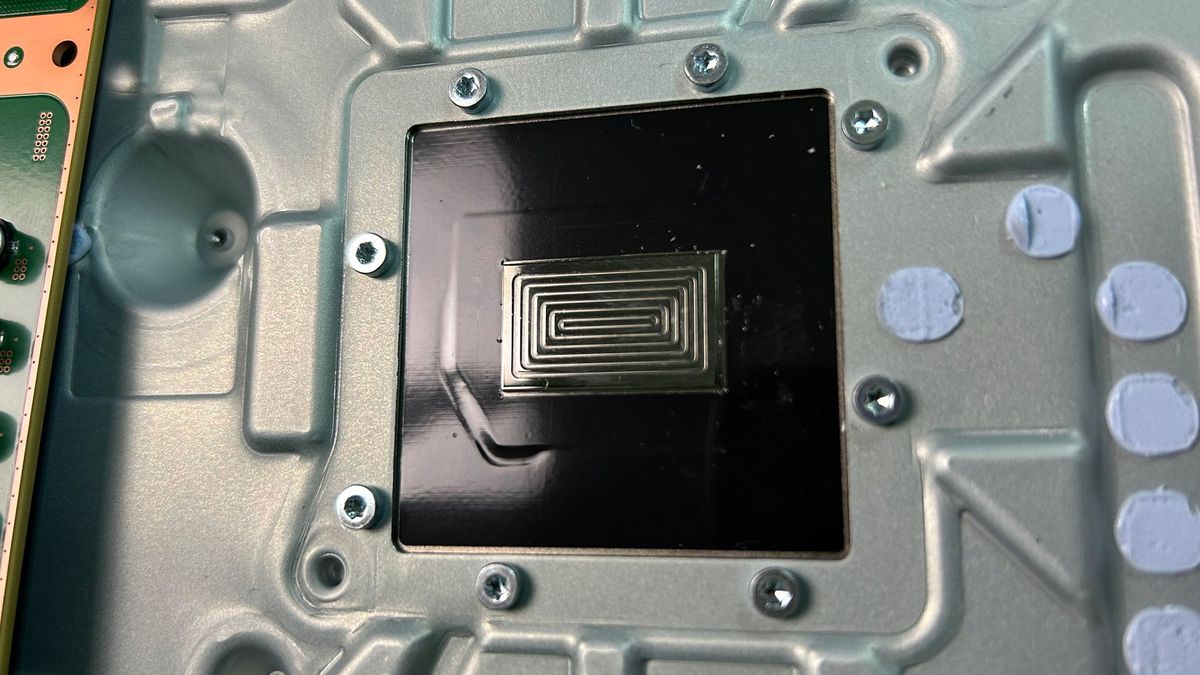Today marks 43 years since the first commercial Compact Disc (CD) pressing. Polygram in Germany is credited with pressing the first copies of Abba's The Visitors on this date, back in 1982. The CD format would take off in a direction which would have been highly unexpected at the time, ending up as a foundation of the Multimedia PC age. However, CDs didn’t kill the audiophile thirst for vinyl, and, on the flip side, some artists are still releasing CDs, even in the 5G and fiber digital streaming age.
While the first commercial CDs were factory pressed some 43 years ago, the discs were in development for quite some time ahead of this date. According to various sources, Sony and Philips clubbed together in 1979 to create a digital music disc.
Beethoven’s influence?
Among the first prototype CDs, a format with an 11.5cm diameter which was capable of storing an hour of music was an early front-runner. Philips apparently had a production line ready for such silver coasters. However, the final 12cm diameter and 74 minutes capacity was apparently favored as it was sufficient for a complete recording of Beethoven's 9th Symphony - Sony president Norio Ohga’s favorite musical opus.
We must note that there are conflicting 74m CD audio origin stories, though. Another credits the desire for this particular uninterrupted audio duration to famed conductor Herbert von Karajan. Similarly, the Wilhelm Furtwängler’s 1951 recording of Beethoven's 9th (74 minutes long) is said to be the reason for this time target.
By June 1980, the CD audio Red Book standard was finalized. Abba’s The Visitors entered production in Aug 1982, though wouldn’t hit retail on its new fangled format until March 1983. Meanwhile, the first CD album released in the U.S. is thought to be Bruce Springsteen’s Born In The U.S.A., released in September 2024.
According to Statista, CD album sales peaked in the year 2000, with around 943 million sold in the U.S., alone. The format’s fall from grace has been pretty fast since then, but things have recovered a little since the 2020 low.
For computing enthusiasts, like us, the announcement of the CD Yellow Book standard is probably more important than the audio standard. This new standard, which would reach the market in 1985, added binary data to CD storage.
Yet another significant change came in 1988, however. In this year, the ISO 9660 standard came into being, defining a file structure for CD-ROMs. CD burners, which created another huge ripple in the PC pond, began to first become available to the public in 1992. But it would take until the latter half of the 90s, when pricing, interfaces, and software began to democratize CDs as digital storage, archiving, and sharing essentials for everyone.
Reading about people using CDs with computers in 2025, as almost as archaic sounding as the use of floppy disks. Nevertheless, some music fans still prefer physical CDs to digital platforms (and the vinyl) such desires have probably spurred the likes of Taylor Swift to release almost 20 physical variations of her latest release, The Tortured Poets Department – including CDs, LPs, and even cassettes. If you count digital variants, there are 36 editions of this album you could buy.

I still maintain access to CDs and DVDs, and the ability to write various optical formats, using a simple external USB optical drive like this one from LG, at $27 on Amazon.com. There are plenty of cheaper, lesser known brand alternatives, too. It is great for looking through old archives and so on, as well as (re) ripping choices from the old music collection.
Follow Tom's Hardware on Google News to get our up-to-date news, analysis, and reviews in your feeds. Make sure to click the Follow button.

 3 months ago
76
3 months ago
76







 English (US) ·
English (US) ·